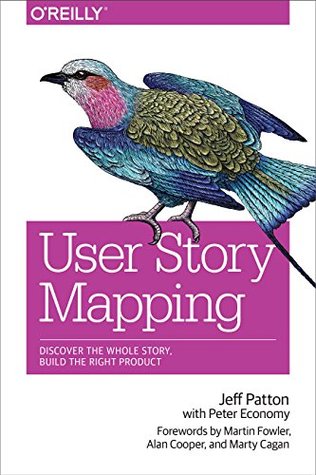More on this book
Community
Kindle Notes & Highlights
Remember that they may want to see a square inch of a complete portrait, and not the software equivalent of a sketch of the whole canvas.
I don’t notice how when I change the position of something in the mobile app of my task management software that the web version seems to be immediately in sync. But these are important qualities. And I’d notice if they weren’t there.
In fact, you may want to notice that they don’t notice them.
You as a team of close collaborators need to review the results of every single story to learn and improve not only your product, but also the way you plan and the way you work together. When getting feedback and learning from other groups, be sensitive to what is enough for those groups.
Test-driving your software will help users really evaluate if it’s solving a problem they have.
Spend time with users to observe them using your software doing realistic work.
You’ll need to plan to learn from each release.
For each release, discuss as a team how you’ll measure or observe the users of your product to see if you really got the outcomes you expected.
Build metrics into your product that allow you to track usage of new features Schedule time to observe users as they use the new release
Software is never really done.
In spite of all the work you’ve done to validate that you’re building the right things, people using your product often don’t behave as predicted.
Improvements made after release are the most valuable.
Agile Retrospectives by Esther Derby and Diana Larsen (Pragmatic).


